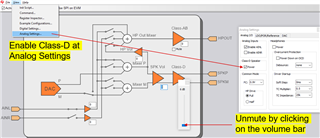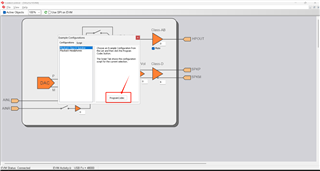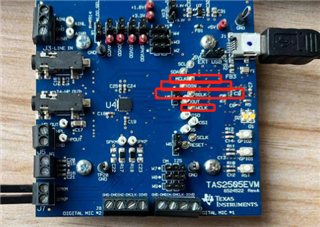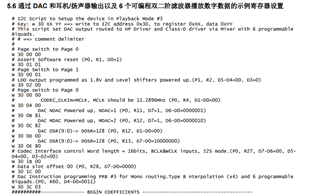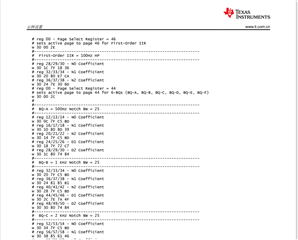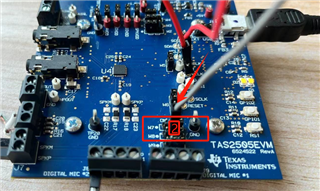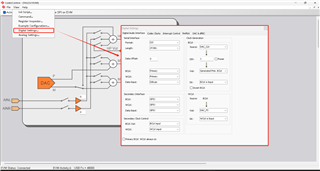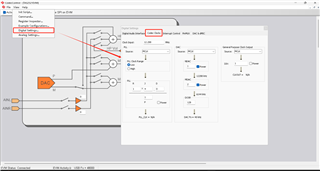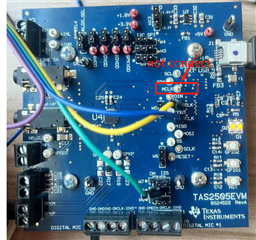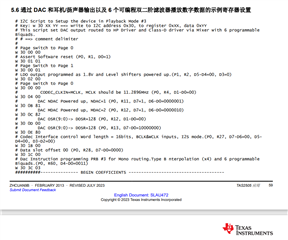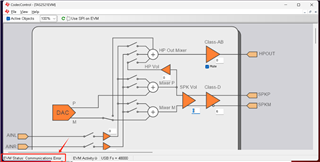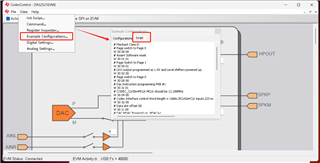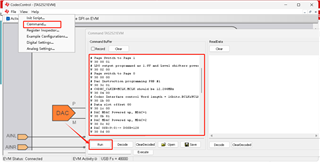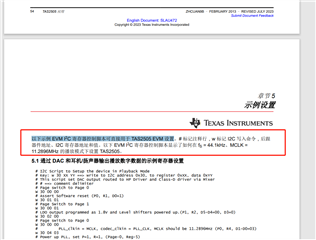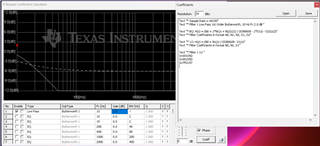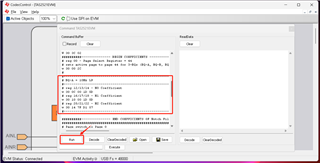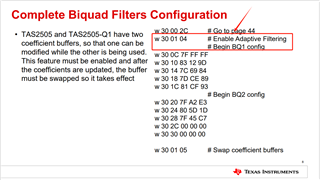Other Parts Discussed in Thread: TAS2505
Hi Ti team,
After connecting the TAS2505EVM board to the computer, I opened the Codec Control software, which displayed the connected device, and then clicked View ->Example Configuration... -> The progress bar on the Playback Class-D Speaker ->Program Codec software has been loaded (my understanding is that completing the above operation means completing the register configuration of the chip). Then, I connected a speaker to the output of the TAS2505EVM board and connected 100Hz and 10KHz sine wave inputs to the analog input, but the speaker did not respond.
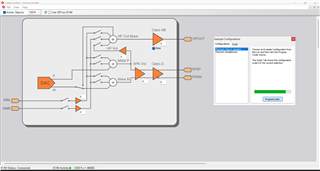
Question: How should I configure Codec Control software debugging?
Question: How to connect the input and output interfaces of the TAS2505EVM board to drive the board?
I downloaded the file "TAS25xx Codec Control EVM (Rev. A)" from the TI official website and have reviewed it in detail, but I still haven't understood it. There is too little information online. Your company's professional technical personnel can explain how to drive this evaluation version
In my opinion, after the instance ProgramCodec is installed on the software, the register configuration of TAS2505EVM is completed. Whether I input audio signals through analog or I2S digital inputs, there should be sound coming from the output end, but my speaker has not responded at all
Thanks & Regards




